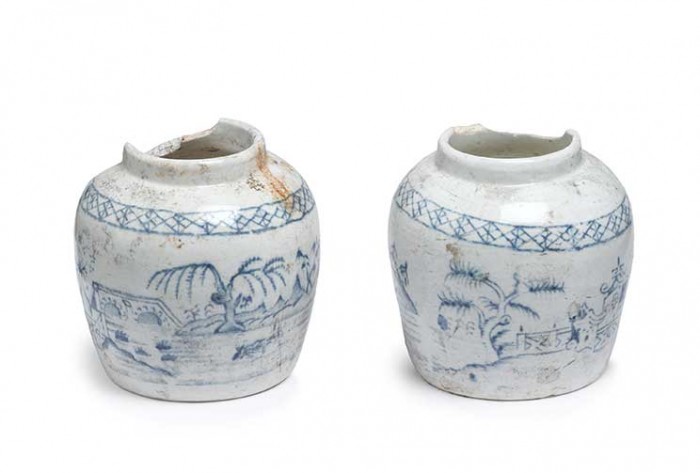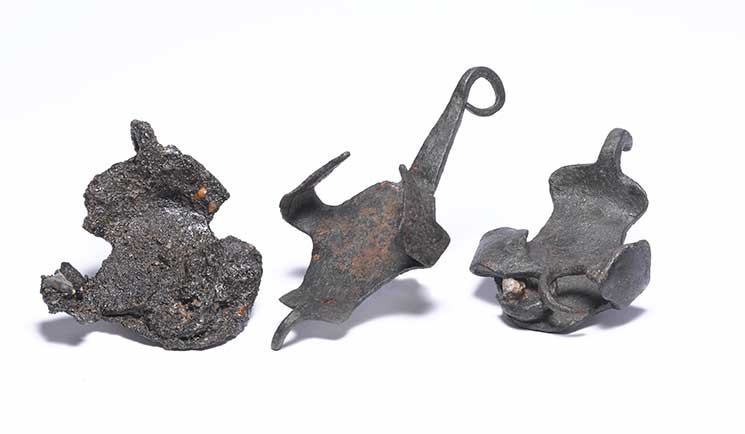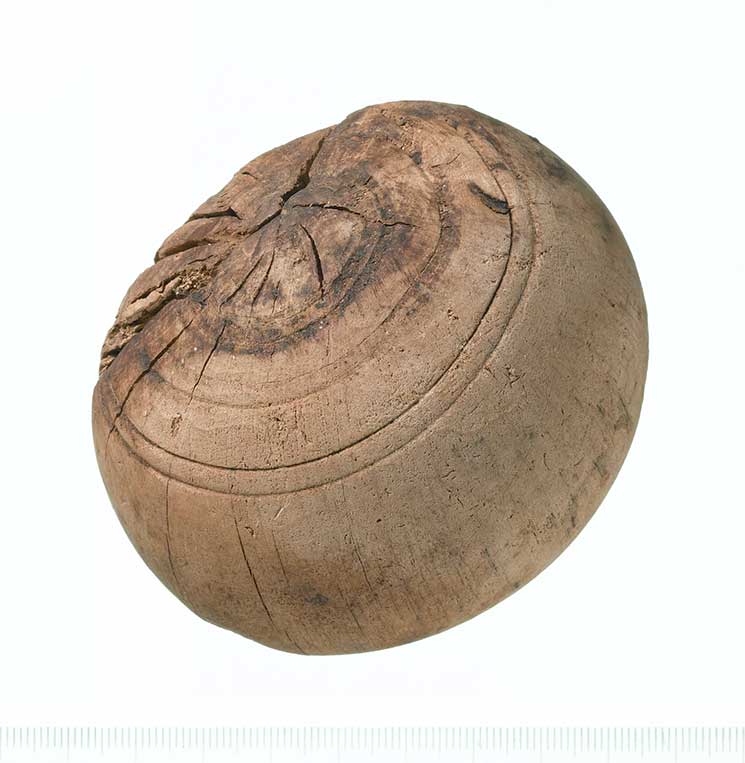London’s past unearthed after extensive archaeological digs

It’s Europe’s largest infrastructure, so it’s perhaps no surprise that the Crossrail project has unearthed a wealth of archaeological findings.
The construction of London’s newest railway, which will be known as the Elizabeth line after HM the Queen, when services begin in 2018, has given archaeologists a unique chance to explore some of the city’s most historically important sites.

More than 10,000 artefacts shining a light on almost every important period of the capital’s history have been discovered and the most interesting will go on display at a major new exhibition, Tunnel: the archaeology of Crossrail, at the Museum of London Docklands next year, from 10 February 2017, alongside the story of this feat of engineering.
The exhibition will explore 8,000 years of human history, revealing the stories of Londoners ranging from Mesolithic tool makers and inhabitants of Roman Londinium to those affected by the Great Plague of 1665 with objects such as prehistoric flints found in North Woolwich, Tudor bowling ball found at the site of King John’s Court manor house in Stepney Green, Roman iron horse shoes found near Liverpool Street Station and late 19th-century ginger and jam jars from the site of the Crosse & Blackwell bottling factory near Tottenham Court Road station.

Curator of archaeological collections at the Museum of London, Jackie Keily, said: “From east to west, the Crossrail project has dug through layers of London’s rich history, unearthing a wealth of fascinating stories and objects. The exhibition will take us on a journey from prehistoric forests and marshes to the marvels of 21st-century engineering.”
Visitors will be taken on a site-based journey, following the map of the new Elizabeth line to discover the people who populated these parts of London and when.



